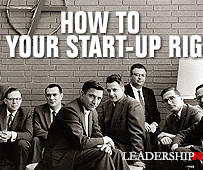Leading Thoughts for May 11, 2023
Leading Blog
MAY 11, 2023
Labeling makes it difficult to create a workplace culture with constructive communication and teams committed to improving performance.” ‘This makes you feel hostile and hopeless about improving things and leaves little room for constructive communication.’













Let's personalize your content